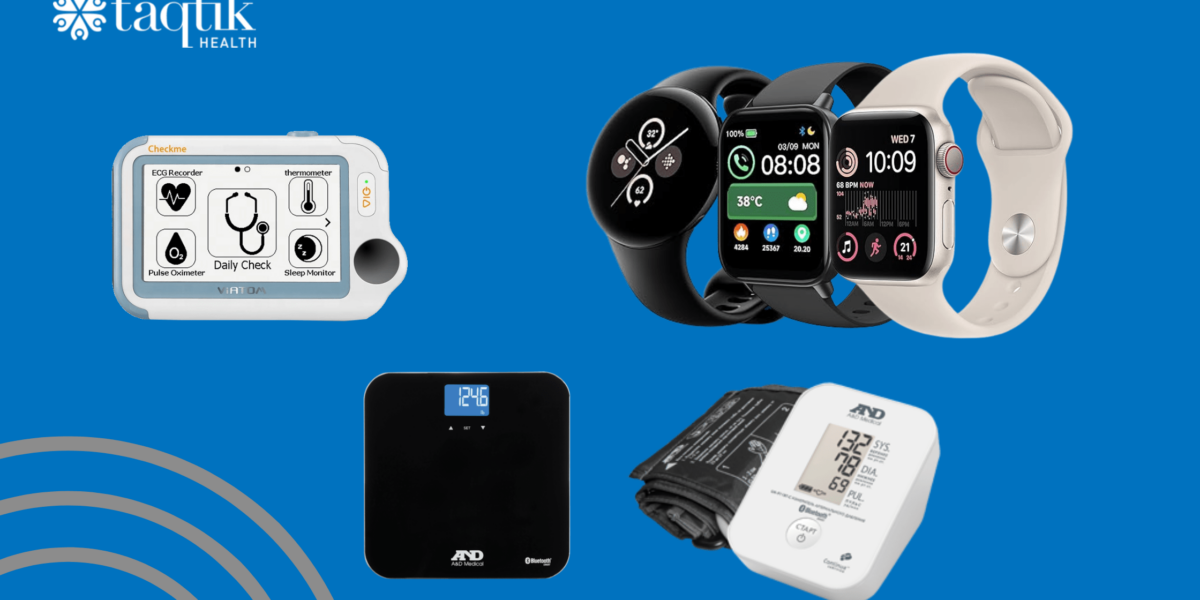How Can You Choose the Best HIPAA Compliant Video Conferencing?
HIPAA compliant video conferencing is crucial to many industries, but especially in the world of healthcare delivery. Digital technology tools can improve patient satisfaction and impact care delivery in the following ways:
- Routine follow up visits can become more efficient when conducted digitally, without requiring patients to travel to a distant clinical location.
- Increasingly, patients are faced with a number of chronic diseases. Maintaining treatment over time can be challenging. Video conferencing makes it easier to monitor and maintain these patients.
- Preventative care and education models benefit from telehealth. Both patient health outcomes and the quality of life for clinical providers can improve.
- Video conferencing can be used in our schools to treat colds and flu or simple bumps and sprains without requiring a parent to leave work to rush the child to urgent care.
- Video conferencing can also be used to connect seniors with care, keeping them in their homes longer.
All of these applications of HIPAA compliant video chat have several benefits.
The return on investment for providers and patients is high. These services can:
- Ensure patients receive exceptional care from the best specialists.
- Aid patients in managing chronic conditions.
- Help medical professionals achieve better health outcomes.
- Reduce clinical overhead costs.
- Cut costly and unnecessary trips to the emergency room.
- Provide excellent care to patients quickly and conveniently.
But each of these benefits comes with risks associated with HIPAA non-compliance. How can your healthcare organization reap the benefits of telehealth while mitigating the risks and staying HIPAA compliant? What factors can help a healthcare professional or company choose the best HIPAA compliant video conferencing for their needs?
When choosing a HIPAA compliant video platform or free HIPAA compliant video conferencing tool, healthcare providers should look for encryption, direct contact with patients, and digital security.




